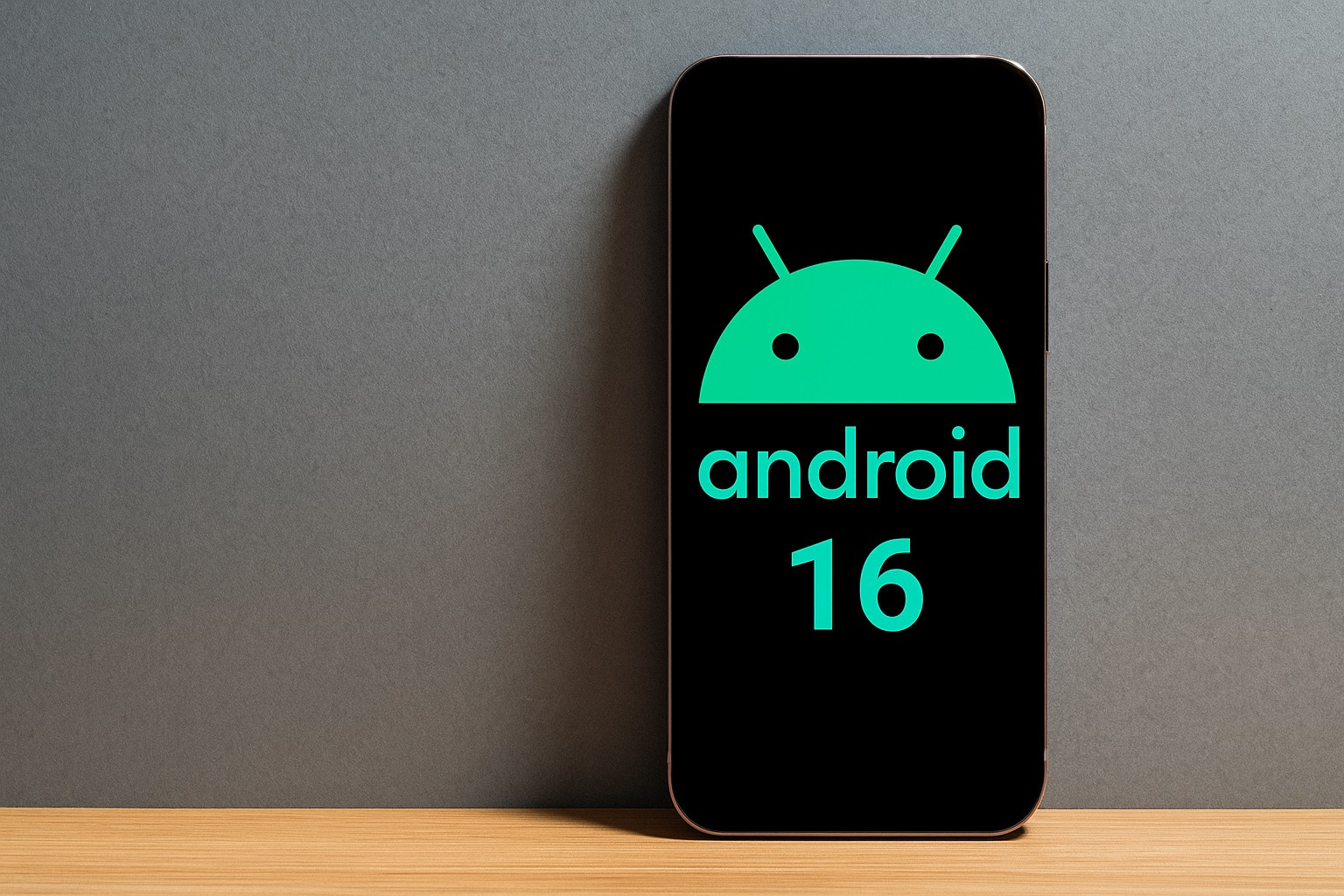- Google пусна изходния код на Android 16 QPR1 в Android Open Source Project под клона
android16-qpr1-release. [1] - Пускането идва приблизително два месеца след като QPR1 започна да се разпространява за Pixel устройствата, необичайно дълго изчакване, което разочарова ROM проектите. [2]
- Кодът потвърждава основните нововъведения в QPR1 като Material 3 Expressive и продължаващата работа по Desktop Mode—вече напълно достъпна за разработчици. [3]
- Времето съвпада с ноемврийския Pixel Feature Drop за 2025, което може да обясни забавянето. [4]
Какво се случи днес
Google публикува пълния изходен код на Android 16 QPR1 в AOSP. Можете да видите официалната промяна в manifest—“Update default revision to android16-qpr1-release”—в хранилището platform/manifest, а обновеният default.xml вече сочи към този клон за android-latest-release. [5]
Публикуването съвпада с множество доклади от Android медиите и общността на разработчиците, които отбелязват, че кодът на QPR1 най-накрая е публичен след няколкоседмично забавяне. [6]
Защо това е важно
Прозрачност и сравнения: С наличието на изходния код, екипите могат да сравняват frameworks/base, SystemUI, WindowManager и Shell, за да видят всяка поведенческа промяна от Android 16 GA и пускането на QPR1. Това е от съществено значение за откриване на регресии, решаване на проблеми с приложимостта и валидиране на OEM интеграции. [7]
Custom ROM-и: Основни проекти като LineageOS умишлено задържаха QPR1 билдове, защото не всички компоненти бяха налични. Днешното публикуване премахва това ограничение и трябва да ускори тестовите билдове за популярни устройства. [8]
Потвърждение на функциите: Източникът потвърждава визуалната промяна с Material 3 Expressive и текущите подобрения по Desktop Mode, които се появиха в бета версиите на QPR1 — сега напълно проверими. [9]
Забавянето — какво се промени този цикъл?
Исторически, Google публикуваше нови Android клонове в AOSP в рамките на няколко дни след стабилно издание. При Android 16 QPR1 кодът пристигна около два месеца след като Pixel устройствата получиха ъпдейта — изключение, което остави поддръжниците в изчакване. [10]
Ноемврийският 2025 Pixel Feature Drop пристигна вчера с нови AI‑асистирани функции; QPR1 изходният код се появи веднага след това. Тази последователност породи обосновани предположения, че Google е искал да избегне изтичане на неиздадени функции от Feature Drop в публичните репозитории. Google официално не е предоставил техническо обяснение, но времето съвпада. [11]
Какво всъщност има в Android 16 QPR1
- Material 3 Expressive UI: По-широко визуално обновяване, обхващащо Бързи настройки, известия и елементи на заключения екран, вече прегледими до ниво на ресурси и флагове. [12]
- Напредък по Desktop Mode: По-стабилна основа за мулти-прозоречен/мулти-дисплей режим, която OEM производителите и ROM разработчиците могат да разгледат в WindowManager/Shell за усъвършенстване на свободните прозорци и поведението на лентата със задачи. [13]
- Полиране на екосистемата: Множество вътрешни поправки, типични за QPR, които не променят публичните SDK нива, но засягат услуги, SELinux политики, Soong правила и APEX версии — вече проследими комит по комит. [14]
Как да синхронизирате Android 16 QPR1 от AOSP
Google вече препоръчва да следите android-latest-release, който е настроен към най-новия release клон — днес това е android16-qpr1-release. [15]
References
1. android.googlesource.com, 2. www.androidauthority.com, 3. www.androidauthority.com, 4. blog.google, 5. android.googlesource.com, 6. www.androidauthority.com, 7. www.androidauthority.com, 8. www.androidcentral.com, 9. www.theverge.com, 10. www.androidauthority.com, 11. blog.google, 12. www.theverge.com, 13. www.androidauthority.com, 14. www.androidauthority.com, 15. source.android.com
